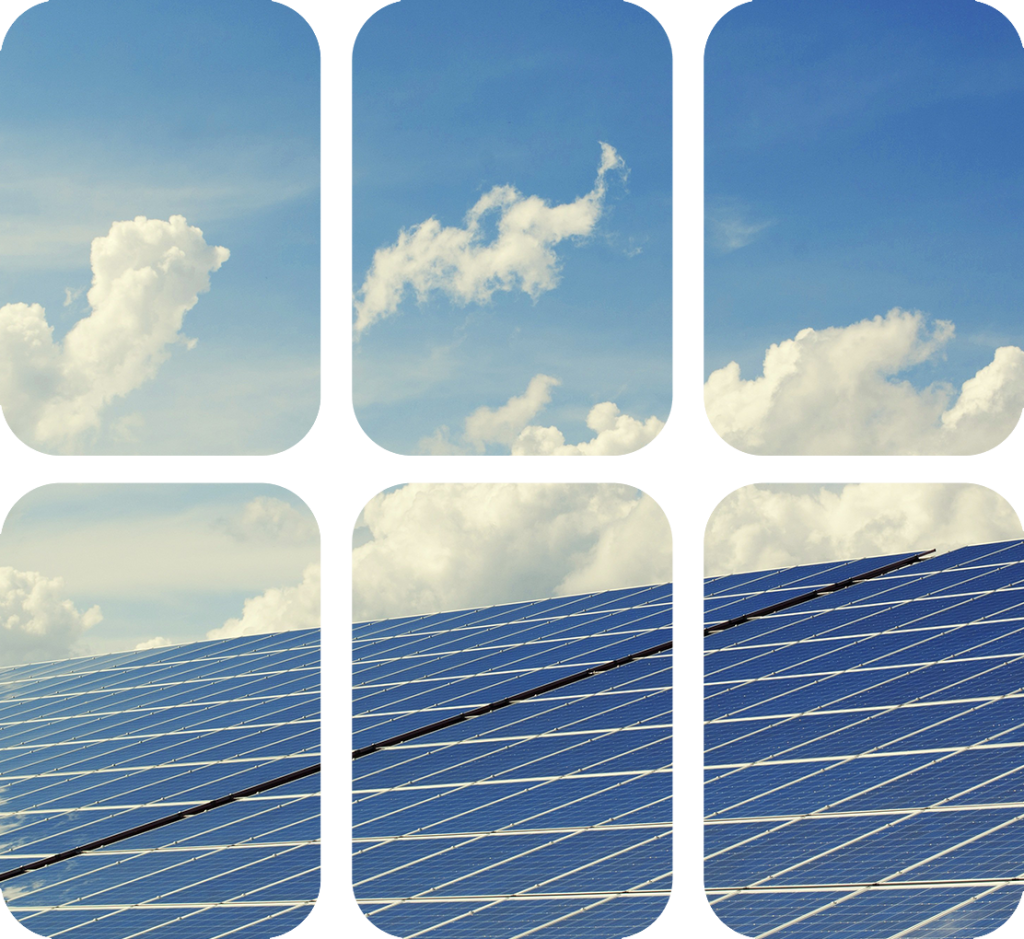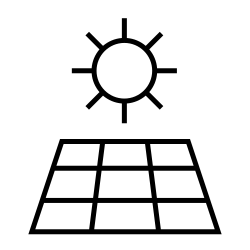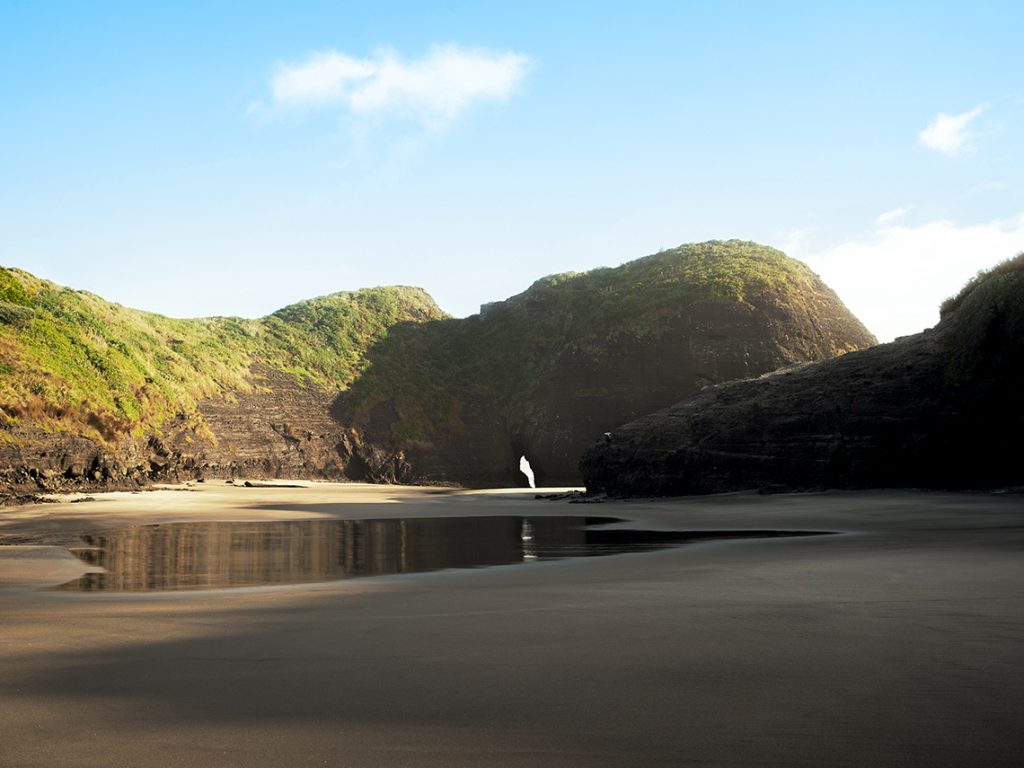Delivering energy security
To 15,000 subscriptions customers.

We do solar differently
Our 15,000 customers continue to enjoy their Energy Service Agreement. This groundbreaking clean energy subscription delivers residential solar and energy storage* with no hardware or consumer finance costs.
This innovative subscription connects homes to clean energy while providing energy security, predictability, and peace of mind with our industry-leading service and performance guarantees.
Our multi-decade relationship with customers ensures we continuously monitor and optimise the subscription to maximise customer value and satisfaction.
Zero hardware cost, Zero
emissions, Zero worries

Zero hardware of finance costs
- Zero cost for solar panels, battery or associated equipment at installation.
- Zero repair or product replacement costs for 20/25 years.*
- Zero consumer finance cost.

Zero emissions
- 100% renewable solar energy.
- Even better if you are an Ecotricity customer your remaining energy needs are met with Climate Positive Toitū Certified Energy. The gold standard in carbon reduction and measurement. This certification pushes beyond carbon zero to actively reduce the carbon in the atmosphere.

Zero worries
- 20/25- year service and performance guarantees.*
- Greater control over energy costs.
- Emergency backup power.^
- 24/7 performance monitoring.
*Dependent on the length of your Energy Service Agreement
^ excludes solar panel only subscribers and those with micro-inverters
Together we make a powerful difference
SZ Servicing Limited actively manages a fleet of batteries with 30MW of capacity. We use this capacity daily to reduce our customers’ grid usage during peak energy rates to save them money. In doing so, we are also reducing the pressure on the grid during peak demand periods, keeping costs down for all New Zealanders.
Best of all, it reduces the nations’s reliance on coal-burning power stations.
